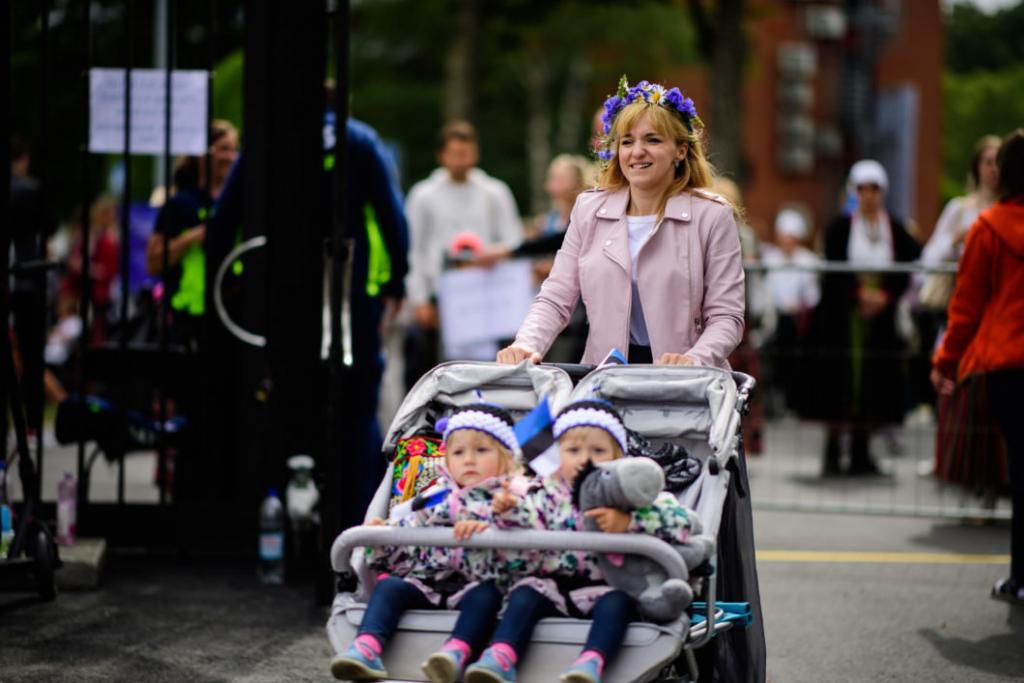Although the Estonian population has grown for the last seven years, the latest projection predicts a decrease in the country’s population by 2085.
“It is projected that there will be about 1.2 million people living in Estonia in 2085. The population will decrease by 167,000 compared with the current figure. The fall will be bigger than the total number of residents in Tartu County,” Terje Trasberg, the team lead of population and education statistics at Statistics Estonia, the country’s official statistics agency, said in a statement.
She explained that the population will decrease mainly due to low fertility and population aging.
“In recent years, Estonia has had a low number of births. Natural increase has also been negative since the restoration of independence: the total natural population decrease has been over 100,000. Based on all of this, it is projected that the number of women in fertile age will continue to decline in the future,” Trasberg said.
It is also the main reason why population decline will be slower at the beginning of the projection period and then gather pace. Compared with the current population figure, the projected population will be 1.4% smaller by 2030, 4.1% smaller by 2050, and 12.1% smaller by 2085.

Immigration will exceed emigration by 4,000
The population figure in the latest projection is somewhat bigger than in previous projections.
“This is related to the fact that, in the last five years, immigration to Estonia – even without refugees – has been significantly higher than emigration,” Trasberg noted.
The projection made in 2019 estimated annual net migration at 1,500. However, in the new projection, it is estimated that, each year, the number of immigrants will exceed the number of emigrants by 4,000.
It is projected that the fertility rate will recover from the current low level but will still remain below replacement level fertility, meaning there will be fewer than two children born per woman, on average. The predicted fertility levels are also lower than in previous projections.
“In the previous ten years, there were about 13,300 births per year on average, but the annual number of births is now projected to be 11,700 until 2050,” the analyst pointed out.

A fall in the share of working-age population
Today, life expectancy is 74.5 years for men and 83.1 years for women. These indicators are on the rise, with male life expectancy predicted to reach 85.3 and female life expectancy 90.9 years by 2085.
Low fertility, increasing life expectancy and immigration all have an impact on the age structure of the population in Estonia. Trasberg said that, currently, the share of people aged under 20 is 21.6%, the share of the working-age population (aged 20–64) is 57.9%, and the share of people aged 65 and over is 20.5% of the population.
According to the projection, the share of the working-age population will drop to 54.6% by 2050 and will decline further by the end of the projection period, so that the working-age population will represent less than a half (49.2%) of the population in 2085.

The population projection is based on demographic trends.
The future is unpredictable
“Among other things, we consider the number of children born, the age of women at childbirth, mortality in different age groups, the age structure of migrants, and also the possible changes in all these variables over time,” Trasberg said.
The same trends cannot automatically be applied beyond the projection period, because the future is always unpredictable. The projection also makes no predictions about developments in the war in Ukraine. “Even with a stable course, there are alternative possibilities,” Trasberg noted to explain why population projections always include multiple scenarios.

